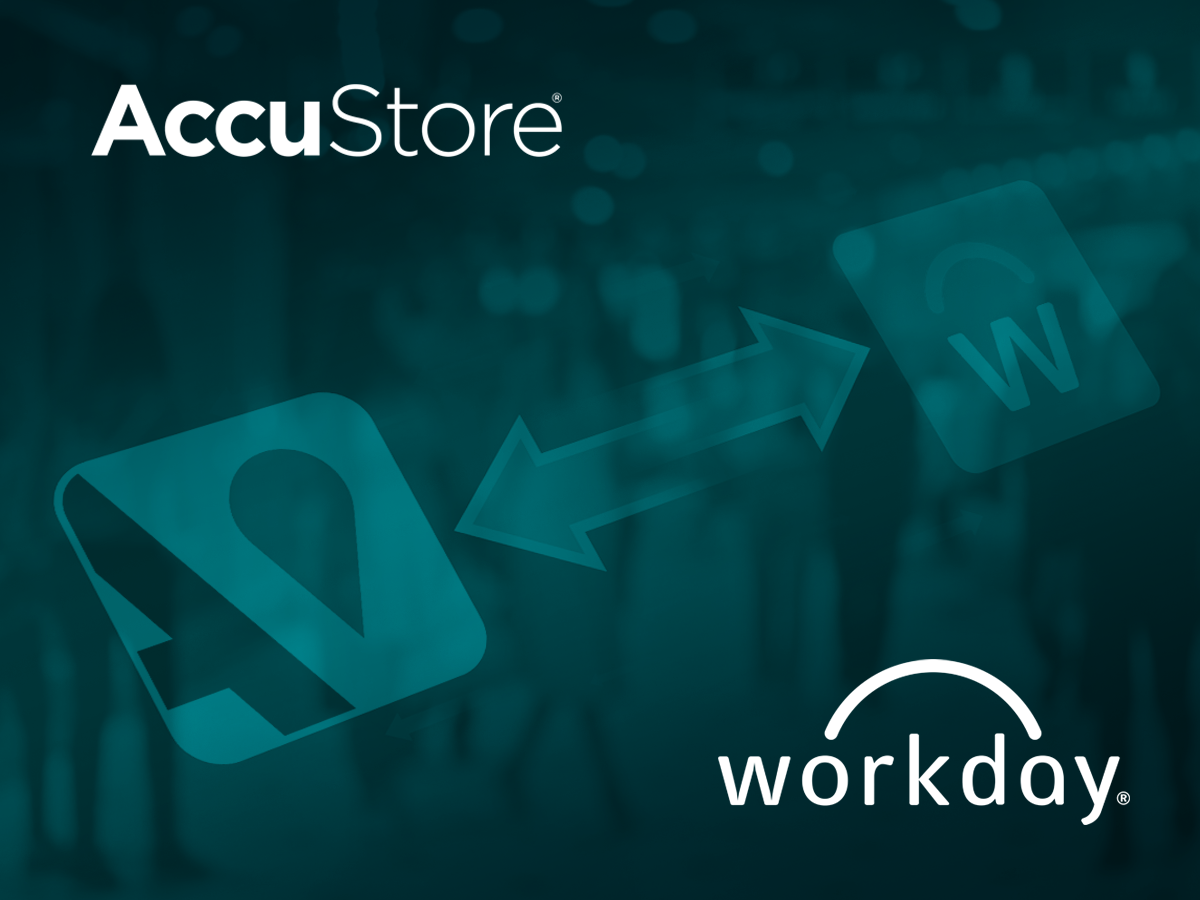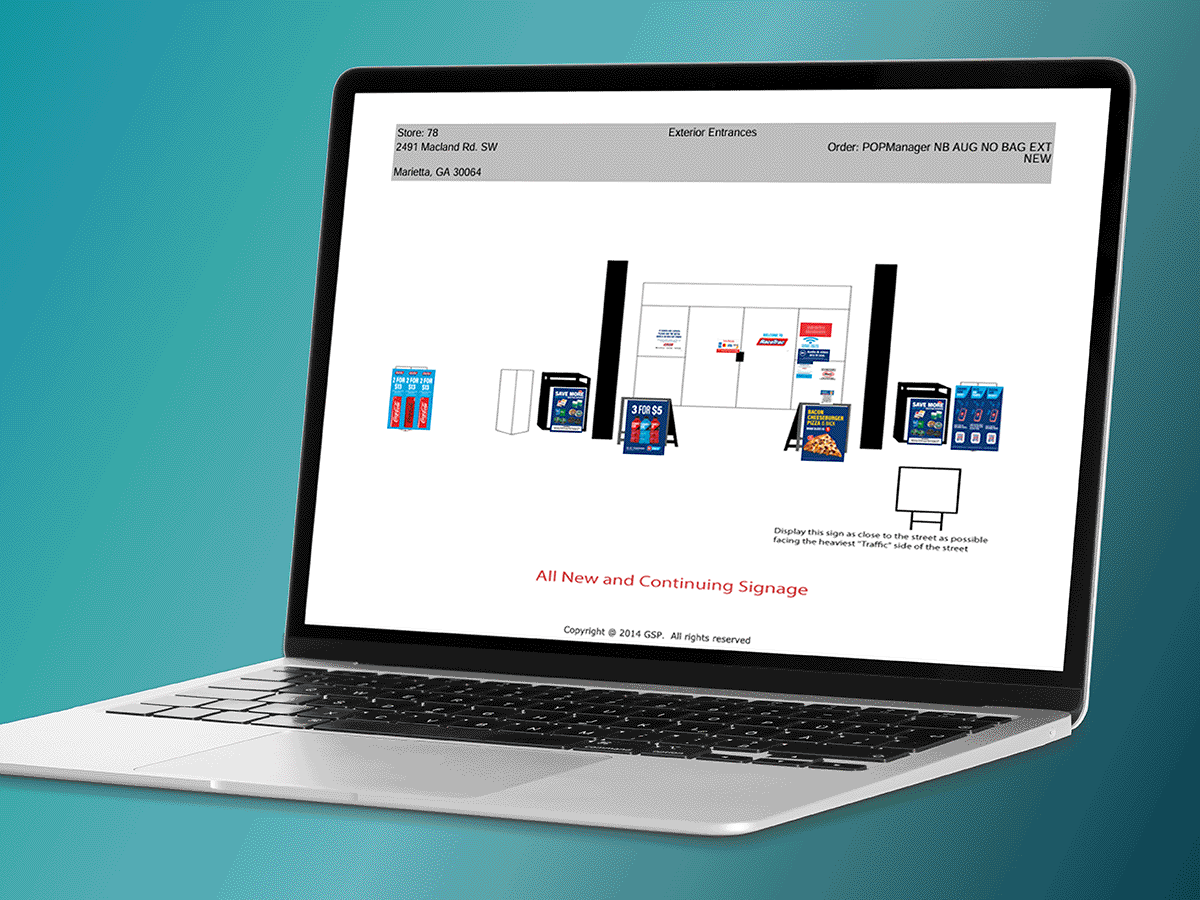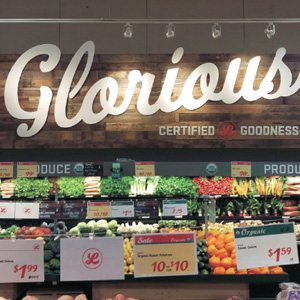INSIGHTS

The Key to Sustainability: Less Is More

GSP’s AccuStore Now Integrated With Coupa Platform

GSP’s AccuStore Now Integrated With Workday Platform

RaceTrac Automates Tasks for Store-Specific Marketing

GSP’s AccuStore Reveals Audit and Survey Capabilities at NRF 2025

Weigel’s Places GSP’s Santa Mailbox in Stores for Holidays


The Key to Sustainability: Less Is More

GSP’s AccuStore Now Integrated With Coupa Platform

GSP’s AccuStore Now Integrated With Workday Platform

RaceTrac Automates Tasks for Store-Specific Marketing

GSP’s AccuStore Reveals Audit and Survey Capabilities at NRF 2025


GSP’s AccuStore Now Integrated With Coupa Platform

GSP’s AccuStore Now Integrated With Workday Platform

RaceTrac Automates Tasks for Store-Specific Marketing

GSP’s AccuStore Reveals Audit and Survey Capabilities at NRF 2025

Weigel’s Places GSP’s Santa Mailbox in Stores for Holidays


GSP’s AccuStore Now Integrated With Coupa Platform

GSP’s AccuStore Now Integrated With Workday Platform

RaceTrac Automates Tasks for Store-Specific Marketing

GSP’s AccuStore Reveals Audit and Survey Capabilities at NRF 2025

Weigel’s Places GSP’s Santa Mailbox in Stores for Holidays
2025
Weigel’s Kicks Off Summer Roadtrip 2025 Campaign
CStore Decisions, 6/2/2025
Weigel’s Kicks Off Summer Promotion Campaign
NACS, 5/14/2025
Weigel’s Launches Summer Loyalty Campaign
CStore Decisions, 5/14/2025
Elaine Scrima: Her 29 Year Career Journey from Restaurants to Print
Wide-format Impressions, 3/3/2025
RaceTrac Teams Up with AccuStore for Store-Specific Marketing
CStore Decisions, 1/14/2025
RaceTrac Streamlines Store-Level Marketing
Convenience Store News, 1/14/2025
2024
Weigel’s Launches ’12 Days of Christmas’ Promotion
CStore Decisions, 12/13/2024
Weigel’s Launches ’12 Days of Christmas’ Loyalty Promotion
Convenience Store News, 12/13/2024
Examining Wawa’s unique c-store formats
C-Store Dive, 11/6/2024
RaceTrac Partners With AccuStore for Store Surveys
CSP, 6/5/2024
RaceTrac Strengthens Marketing Efforts
CStore Decisions, 6/5/2024
How c-stores should handle their big expansion plans
C-Store Dive, 2/20/2024
2023
Ampm revamps 2 stadium stores
C-Store Dive, 08/31/23
Dash In Taps GSP for Retail Marketing Services
Convenience Store News, 08/15/23
Dash In Selects GSP for Retail Marketing Services
CSP, 08/09/23
Weigel’s Partners With GSP for In-Store Marketing
Convenience Store News, 01/31/23
Weigel’s C-Stores Selects GSP for POP Marketing
CSP, 01/31/23
Stinker Stores Implements Retail Intelligence Platform
CSP, 01/13/23
2022
Thorntons and ampm Tap Marketing Partner for 1,300-Plus Stores
Convenience Store News, 10/14/22
Thorntons, ampm and ARCO Update Marketing Programs
CStore Decisions, 10/17/22
Yesway Taps GSP for Marketing
CSP, 07/19/22
Yesway to Upgrade Retail Marketing Services at 408 Stores
The Wise Marketer, 07/18/22
Yesway Partners with GSP
CStore Decisions, 07/14/22
2021
GSP Expands Textile Printing Capabilities with EFI Reggiani ReNOIR PRO 340
Wide-format Impressions, 10/12/2021
Convenience chain celebrates store remodel
Retail Customer Experience, 09/13/2021
Huck’s Latest C-store Highlights Foodservice Platform
Convenience Store News, 09/10/2021
GSP Celebrates Grand Opening of Huck’s NTI Store
Commercial Construction & Renovation, 09/09/2021
Huck’s Reopens Indiana Store With a New Look
NACS, 09/09/2021
Huck’s Opens New-to-Industry Store in Indiana
CStore Decisions, 09/09/2021
GSP Installs First Agfa Jeti Tauro H3300 UHS LED Premier Printer in US
Packaging Impressions, 07/19/2021
2020
GPM Embarks on Remodel Plan With GSP Design Expertise
CStore Decisions, 12/23/2020
GPM Investments Begins Next Chapter as Arko Holdings & Haymaker Tie-Up Closes
Convenience Store News, 12/23/2020
Kwik Trip Partners With GSP for Stop-N-Go’s New Look
CSP, 12/21/2020
Kwik Trip Gives New Look to Acquired Stop-N-Go Stores
Convenience Store News, 12/17/2020
Kwik Trip Refreshes Stop-N-Go Brand
CStore Decisions, 12/17/2020
GSP New Branding for 21 Kwik Trip Stop-N-Go Stores
Commercial Construction & Renovation, 12/17/2020
Rebrand for Chestnut Market covers everything from logo to brand voice
Shop!, 10/20/2020
Kum & Go Honors GSP With 2020 Make Days Better Award
Convenience Store News, 10/16/2020
Chestnut Market Getting New Branding
CStore Decisions, 10/06/2020
Chestnut Market Partners With GSP for New Branding
CStore Decisions, 10/06/2020

2022 Print Awards

2021 Print Awards

2020 Design Awards

2019 Design Awards

2019 Print Awards

2018 Design Awards
LATEST BLOGS

The Key to Sustainability: Less Is More
Discover how GSP is redefining sustainability by focusing on material reduction — a powerful yet often overlooked strategy for a greener future.

3 Ideas to Drive Your Summer Beer Sales Into Fall
Summer is the ideal time to drive traffic to your convenience store or supermarket beer displays. Here are three cost-effective signage ideas sure to capture your beer customers’ attention and generate repeat business all summer long.

Food Photography Photo Shoots From Start to Finish – Part 3
One of the most critical stages of any photo shoot is planning what you want your photographs to look like. There are several ingredients that go into this very important step.




